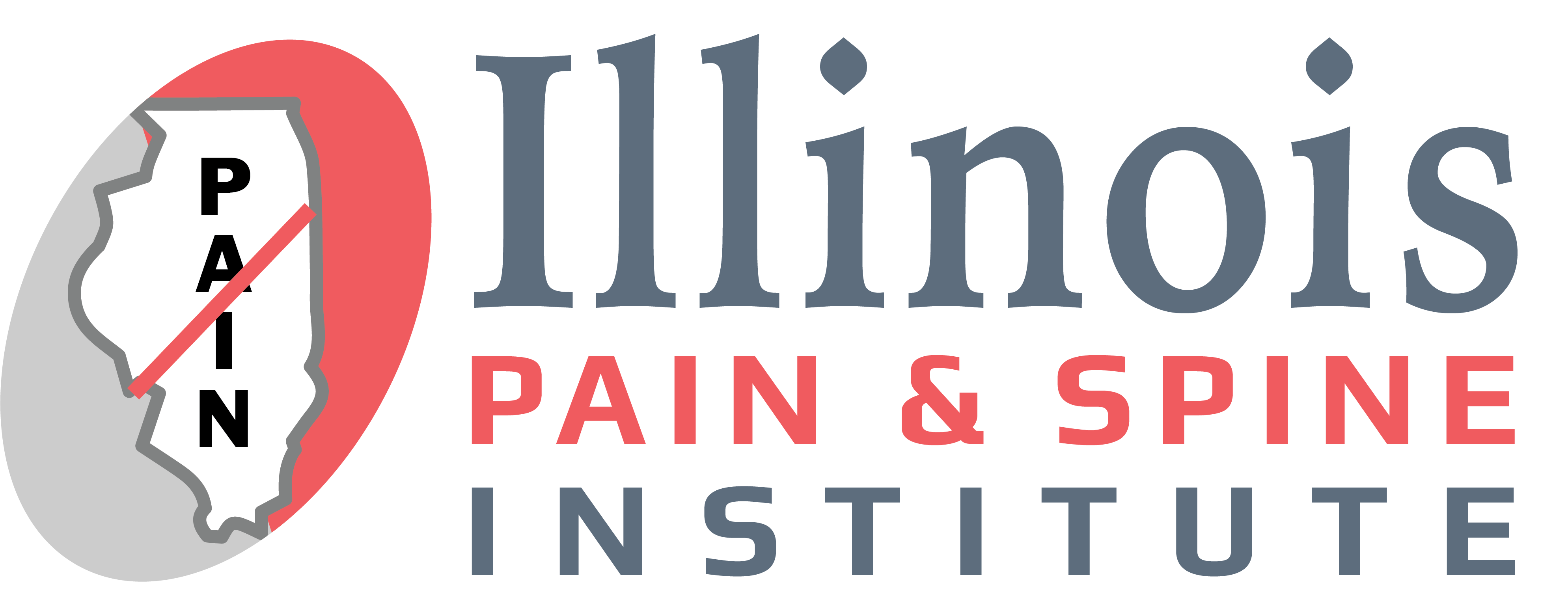We are all aware of the many terrible things cancer can do to the body. However, an aspect that is frequently overlooked is the pain it causes. Those experiencing cancer pain in Chicago often struggle to get through their day-to-day tasks, which makes fighting for survival more burdensome than it should be.
It is estimated that around 75% of cancer patients suffer from some degree of pain that is caused by their illness. While it is easy to focus on other symptoms and on treating the disease, cancer pain management is essential to the quality of life for patients until they are healed.
Pain in cancer patients is often complex. It can be incidental, occurring just once, or be episodic, recurring over and over again. It might be related to the muscles, bones, nerves, or organs. In many cases, it is accompanied by impaired cognition, which can make diagnosis and treatment more difficult.
Additionally, not all pain in cancer patients is caused by the disease itself. Sometimes, there is another underlying condition that must be addressed. If you have been diagnosed with cancer, know that the physicians of Illinois Pain & Spine Institute will also look for other causes for the painful condition.
For assistance with pain management for cancer, schedule a consultation today.

